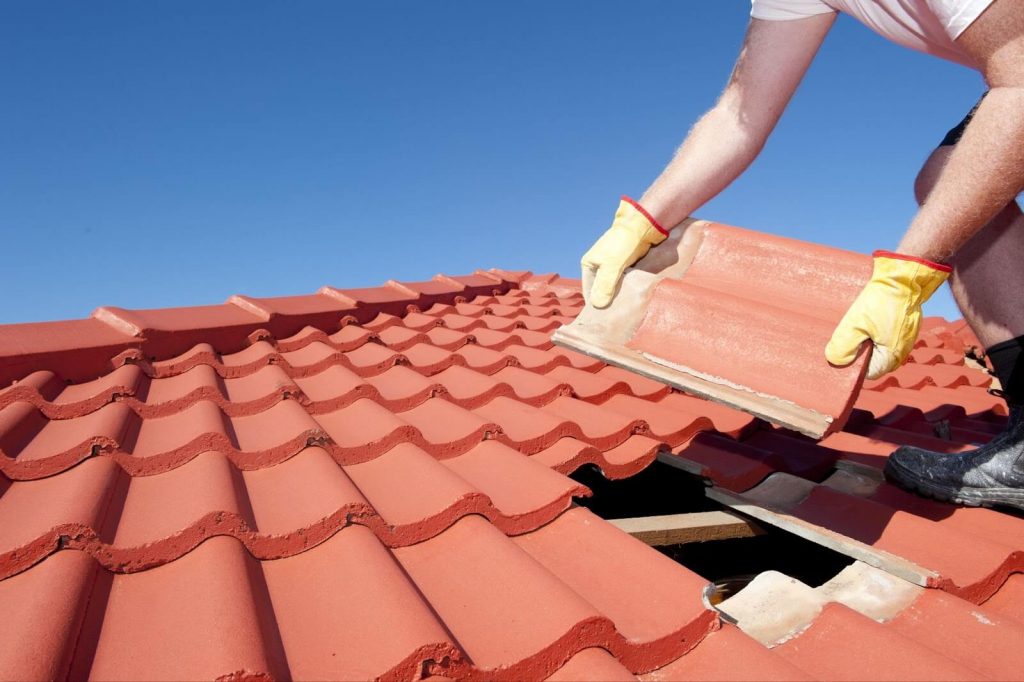


Making repairs to your roof is a cheaper option than replacing the entire roof, but sometimes it’s not the best decision. In this guide, we will discuss when you should replace your roof and when you should make repairs. What is the best decision for your roof?
So, when should you make repairs to your roof? If your roof is relatively new and only sustains minor damage, repairs are probably the best option. For example, minor damage like cracked or missing shingles can be easily repaired. Another time you might want to make repairs is if your roof is under warranty. If your roof is still covered by a manufacturer or installation warranty, then repairs will likely be free of charge.
As an example, let’s say that a few tiles have been chipped by wind damage. In this case, it would make more sense to simply repair the damaged tiles rather than replace the entire roof. Not only is this option more affordable, but it will also help you avoid voiding any existing warranties. When professionals visit your property, they will remove damaged tiles and replace them with new ones. This process is usually quick and easy, and it will restore the structural integrity and aesthetic appeal of your roof.
However, there are certain cases where replacing your roof is the best option. If your roof is more than 20 years old or if it has sustained significant damage, then replacement might be the best option. When a roof reaches this age, it has likely reached the end of its lifespan. Additionally, if your roof has sustained significant damage from a storm or other event, then it might not be able to be repaired.
For instance, if your roof has sustained significant water damage, then the wood beams and rafters might be rotted. In this case, repairing the damage would not be enough to ensure the stability and integrity of your roof. In this instance, replacement would be the best option.
Another factor to consider is the cost of repairs against the cost of replacement. In some cases, it might be more cost-effective to replace your roof rather than make extensive repairs; this is particularly true if your roof is older and the damage is widespread. Ultimately, a tropical roofing company in South Florida will consider the structural integrity of your roof, its age, and the cost of repairs when making a recommendation.
If you’re unsure about whether to repair or replace your roof, the best course of action is to consult with a qualified roofing contractor. A professional roofing contractor will assess the damage and help you make an informed decision using their experience, knowledge, and specialized equipment.
In truth, many factors impact the life of your roof including the quality of materials used in its original construction, the roofing system installed, the climate where you live, maintenance performed throughout its life, and more. With proper care and maintenance, most roofs will last between 20 and 30 years.
But how do you ensure that your roof reaches the upper end of this limit? The first step is to have your roof inspected by a professional roofing contractor at least once a year. Why? Because it will allow them to catch any potential problems early on before they have a chance to do serious damage.
Additionally, clear any debris, cut back trees, and perform any necessary repairs as soon as possible. By taking these proactive steps, you can help to extend the life of your roof.